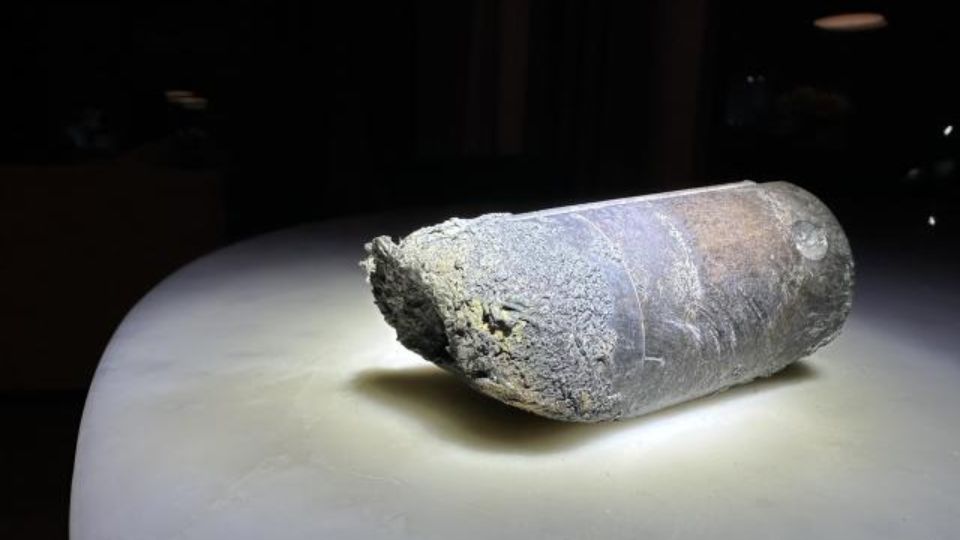Space junk crashed through a Naples, FL, roof on March 8. It tore through two floors and luckily missed the son of the homeowner, Alejandro Otero. On Tuesday, NASA revealed what its investigation of the event had found. As expected, it’s a piece of gear that was thrown off the International Space Station (ISS) three years ago.
NASA looked into the item at Cape Canaveral’s Kennedy Space Center and found that it was a piece of EP-9 support equipment used to attach batteries to a cargo pallet. It was dropped by the ISS’s robotic arm on March 11, 2021. The haul, which was made up of used nickel-hydrogen batteries, was supposed to circle Earth for two to four years. It did just that, lasting three years, “before burning up harmlessly in the atmosphere,” as NASA said at the time. Not really.
The piece of debris that went through the roof was described as a stanchion from NASA equipment that was used to attach the batteries to the cargo box. The thing is made of the metal material Inconel and is 4 inches tall and 1.6 inches across. It weighs 1.6 pounds.
Also Read: Biden Targets Wealthy in Pennsylvania Tour With a Hometown Visit
Otero told WINK-TV in Fort Meyers that he was on vacation when his son told him that something had gone through their roof. “I was shaking,” he told her. “I could not believe it at all. Would something really hit my house with that much force and hurt it that badly? I’m so thankful that no one got hurt.
NASA says it will look into the launch and re-entry of the equipment dump to try to figure out why the object hit Otero’s house instead of catching fire. The space agency said in a news statement that engineers use models to guess how objects heat up and break apart when they enter the atmosphere again. “These models need precise input parameters and are updated regularly as debris that has survived re-entry into the atmosphere and hit the ground is found.”
NASA says that most space junk moves very quickly, at speeds of up to 18,000 mph. The report says, “Because of the speed and amount of debris in LEO, present and future space-based operations, explorations, and services pose a danger to people and property in space and on Earth.”



Leave a Reply